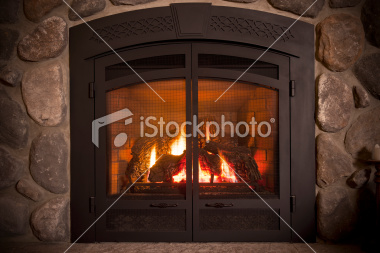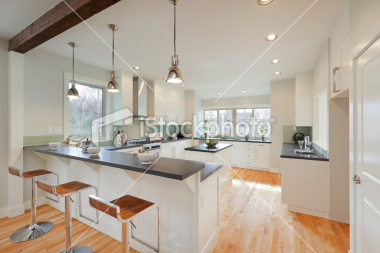What's In Your Walls?


Mason brick installed improperly—no air space, no drain wrap or weep holes leads to saturated wood which will then rot.
Thermal Imaging technology allows us to see what isn’t visible to the naked eye. With a special camera you can see problems that need to be corrected before work is started, thereby saving you time and money.
If superman were a remodeler – there’s a good chance he could find employment at Jennings & Woldt Remodeling using his X-ray vision to spot problems behind walls of homes on which they work.
“The problem is we have not received an application from Superman. Since we are mere mortals, we use the available technology, such as a Thermal Imaging Camera to help identify what lies behind walls, to help us do our job more efficiently and save time and money in identifying problems to be corrected.” Jeremy Woldt, Owner Jennings & Woldt Remodeling.
Technology To The Rescue
A thermal imaging camera allows us to view a wall, for example, and see everything that is behind the paint by virtue of the temperature differences. This includes water, electricity, drywall, screws and other hardware, insulation and virtually any other material behind the surface.
According to Woldt, this $15,000 camera is an invaluable tool in that it allows him so “see” the scope of a particular project before demolition begins, allowing for more precise project management and the protection of their customer’s homes.
An Investment Well Worth Making
“In about two hours we can review a home and collect enough data to provide a complete analysis of what is in the walls, ”Woldt says. “And that has become increasingly important in that we have been dealing with what I believe is a result of the housing boom we witnessed over the past 15 to twenty years. The speed of housing market growth created a situation where building quality has been compromised for many homes built in the past twenty years. I believe that as many as 50% of homes that were built have significant construction issues where the building was just done wrong either because of incompetency, neglect or design.”
Woldt bases his opinion on the repairs his company has had to do on homes built as little as five years ago.
Jeremy’s List Of Problems That Shouldn’t Be….
Siding: Tyvek Not Used—when Tyvek wrap/covering isn’t installed over wood in exterior walls, it makes them more susceptible to water, which can cause rotting, leaking and large mounts of property damage. Repairs have included rebuilding of walls and all associated water damage.
Brick Walls: No Waterproof Membrane—having no waterproof membrane allows wood rot to occur because water can easily get in through porous brick and mortar. Additionally,Woldt has often seen brick installed directly on wood, without the required 1 ½" space between brick and wood which causes wood rot and potentially mold. He says he’s also noticed no weep holes built into the walls which can trap water and accelerate the degradation process.
Chimneys: Flashed Poorly Or Not At All—of course, if you don’t keep the elements, namely water, out of your attic, leaking can lead to rotting & possibly mold.
Leaks Around Windows: Incorrect Installation—Without the proper taping and flashing, water will get behind Tyvek, or if there is no Tyvek, and go directly to the wood of the walls.
Exterior Decks: Collapsing—very often ledger boards are affixed to homes incorrectly and as a result, the decks quickly become unstable and should be rebuilt.
Foundation: Poured Incorrectly—during the haste to get foundations in and building started, “honey combing” of the foundation can be caused. Honeycombing is due to improper vibration and consolidation and can be another source of leakage, wherein the concrete aggregate becomes separated leaving voids in the wall, or possible wall cracks. Depending on the degree of the imperfection in the foundation, a section of the wall could collapse. The result is water which causes property damage and potential mold problems from the basement to the attic.
“Of course, not every home is affected by poor construction. However, it occurs often enough that we never assume the builder followed the codes or that the codes were in place at the time of construction. It helps us save our customers time, hassle and money.”
—Jeremy Woldt

Thermal imaging can quickly and easily show water leaks and other unseen issues behind your walls. The green and blue colors highlight damp areas in this closet showing areas of concern. Traditionally, a homeowner would have to tear apart a wall or ceiling to see what was happening.






